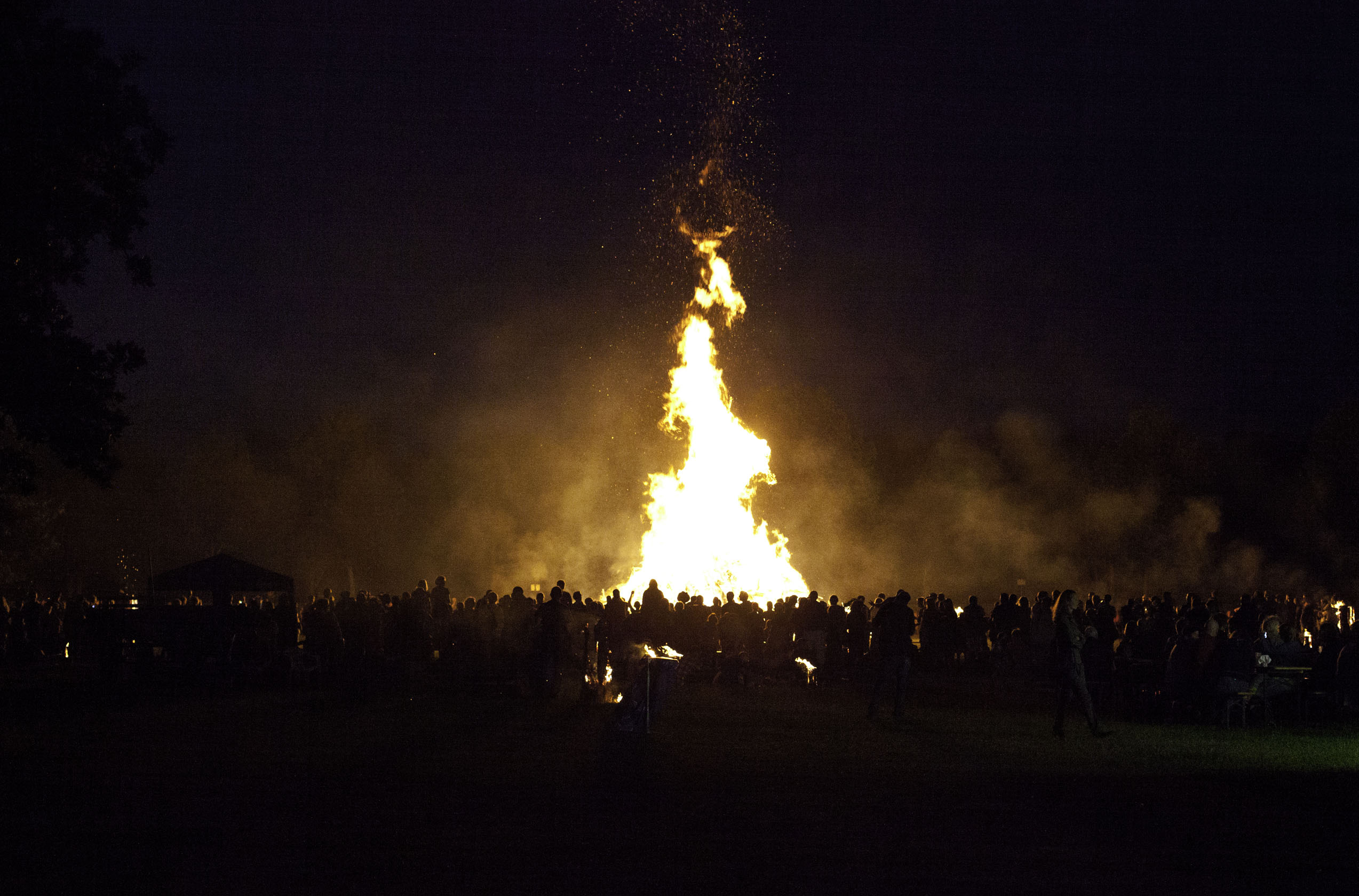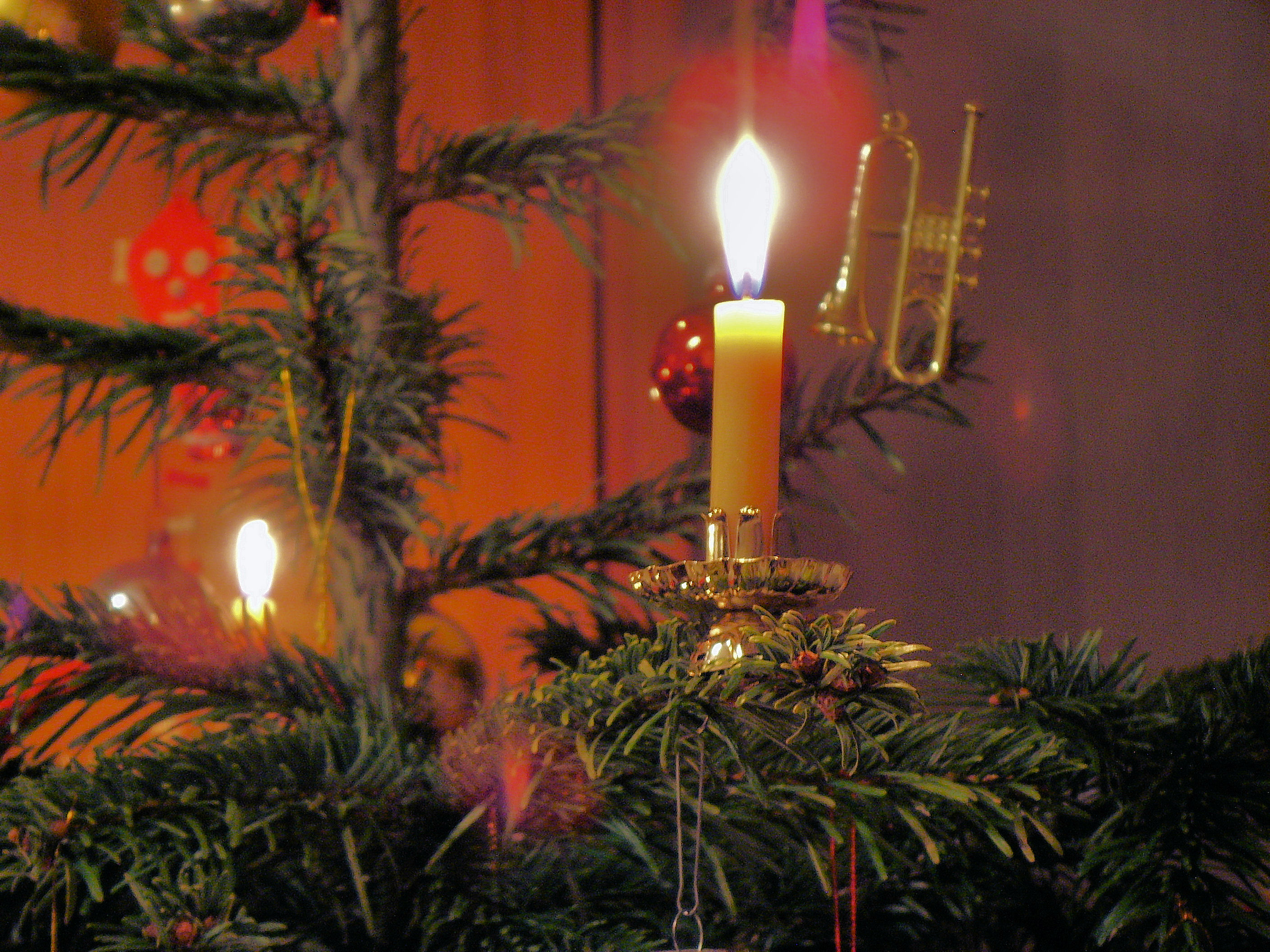It’s not Christmas without Christmas carols. Many of our most traditional carols are filled with lyrics and lines that leave the modern caroler bewildered. One of my favorite holiday tunes is “Here We Come A-Wassailing,” also commonly known as “Here We Come A-Caroling.” Just what is wassailing? Is it just an archaic word for Christmas caroling? Actually no, it isn’t. While the two terms have become generally accepted as interchangeable, caroling is just one aspect of a much deeper and more profound tradition of wassailing.

Wassail is also a common name for a variety of mulled or spiced beverages such as apple cider, served hot and traditional during the winter months, especially at Christmastime. In medieval England wassail was a common fermented drink, a type of ale, or mead, served with bread or toast and consumed ceremonially and socially like beer or wine in modern society. Typical ingredients of wassail included sweetened apple cider, spices such as cinnamon, nutmeg and ginger. Modern popular varieties may use a fruit juice, ale, or wine as a base, sometimes spiked with liquor. Originating in England, wassail was traditionally used as a beverage for making important ceremonial toasts, a ritual closely related to the sumble. The word itself is derived from the Middle English term waes hael, which means “good health to you.” Similarly it corresponds to the Old English “wes hal,” and the Old Norse “ves heill.”

In ancient Europe, wassailing was an important element in the highly tree oriented Anglo-Saxon religious complex. The Yuletide rite consisted of a parade of revelers singing hymns and playing their drums and other musical instruments, roving between the orchards, leaving offerings and pouring libations. The ceremony was intended to awaken the apple trees and chase away malevolent spirits in order that the trees should be healthy and produce an abundant crop the following year. Hot mulled cider, prepared from the recent harvest was the traditional and symbolic drink consumed and offered at these ceremonies.
During the medieval period, under feudalism the wassail developed into a midwinter ritual in which the wealthy Lord would distribute goods from his storehouses to the peasants who worked his lands. In exchange for gifts of his best foods, beers, ales, and wines, the Lord could be assured his people’s allegiance and fealty for the next year. During the late sixteenth century, bands of young men would travel from orchard to orchard on Twelfth Night, performing the wassailing rite. They would take their wassail bowl with them and leave offerings of bread or toast on the roots or branches of trees. Libations of cider were poured on the roots in order that the trees would produce an abundant harvest the following year. Wassailing cups and bowls were important communal ceremonial items used within all levels or society. Wassail vessels came in many varieties from the large and intricately decorated silver goblet used by the Worshipful Company of Grocers guild, to the simple white maple bowls used by commoners.

During the later historical era wassailing became associated with roving bands of the poor who would descend upon their wealthy neighbors’ homes at Christmastime. Singing and dancing, the wassailers would demand entrance into the house, and shares of the residents’ best liquors and deserts. This rite is forever enshrined in the words to the popular carol We Wish You a Merry Christmas; “Now give us some figgy pudding,” and “we won’t go until we get some!” The estate’s owner was fully expected to play along and contribute to the “good cheer.” If he didn’t, he could expect his reputation to plummet and possibly his property vandalized. The old Yuletide holiday was celebrated in a fashion more similar to Halloween and trick-or-treat than to our modern Christmas. This drunken disorderliness is one of the reasons used to outlaw Christmas celebrations by the newly empowered puritans in the Commonwealth of England during the mid seventeenth century. Over the past few centuries, the roving gangs of wassailers have become tamed into the serene image of the Christmas caroler singing from door to door in the white winter weather, sipping on hot apple-cider. The hooligan shaking down the neighborhood for treats has been reserved for Halloween.
Wassailing in the old way however, is still practiced especially in the cider-producing western counties of England. In Carhamptona and Whimple, Wassails are held on Twelfth Night, January 17th*, as a means of asking God to bless the community with a healthy orchard and a plentiful apple harvest. A Wassail king and, queen are selected to lead a procession from orchard to orchard as the participants sing and play music. During this rite, the wassailers drink large droughts of cider until they are quite full of good cheer. Upon entering an orchard the participants form a circle around the largest apple tree. The Wassail queen is lifted into the branches where she leaves a piece of toast dipped in wassail as an offering to the “tree faeries,” or the “good spirits,” commonly represented by the local robins. A blessing to the tree is recited and near the conclusion of the ceremony a man fires a shotgun in the air to frighten away the evil spirits. Then the revelers begin beating drums, some using pots and pans while singing a traditional invocation for a rich harvest before proceeding to the next orchard. A popular wassailing song from nineteenth century Somerset County, England went as follows;
“Apple tree, apple tree, we all come to wassail thee,
Bear this year and next year to bloom and to blow,
Hat fulls, cap fulls, three cornered sack fills,
Hip, Hip, Hip, hurrah, Holler biys, holler hurrah.”[5]
Another old lyric from England says;
“Wassaile the trees, that they may beare
You many a Plum and many a Peare,
For more or lesse fruits they will bring,
As you do give them Wassailing.”
Our modern tradition of wassailing has taken an intriguing path on its way to us. Now we can make a little more sense out of the opening lines of that old favorite at Christmastime. “Here we come a-wassailing among the leaves so green,” is reminiscent of the old ritual of visiting the orchards, singing to the health of the apple trees to ensure the following year’s harvest.
“Love and Joy come to you,
and to you your wassail too,
And God bless you and send you a happy new year.”
*The date of Twelfth Night is in dispute in certain parts of Britain. The date on the Gregorian calendar corresponds to January 6th, or the eve of January 5th. The pre-Gregorian, Julian date which is followed by the old traditionalists falls on January 17th.
Like this:
Like Loading...
















